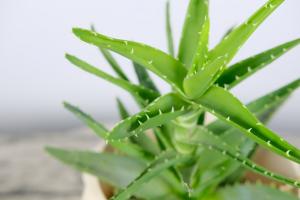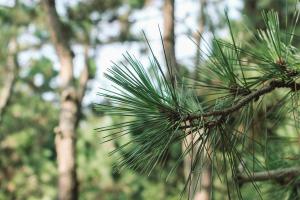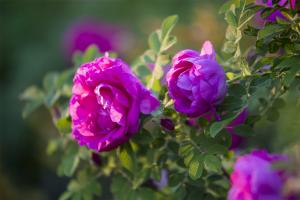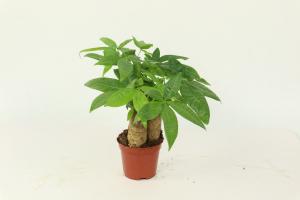How to Plant in Large Containers Using Less Potting Soil
Many gardeners love planting in large containers for a number of reasons. They're visually appealing, easy to move around, and can accommodate a wider range of plants. However, one downside is the amount of potting soil required to properly fill them up. Fortunately, there are several strategies you can use to make the most out of your potting soil, without sacrificing the health of your plants.
1. Use Filler Materials
Instead of using potting soil alone, consider adding filler materials to help reduce the amount needed. Examples of filler materials include bark, perlite, vermiculite, coconut coir, and peat moss. These materials are lightweight, help with water retention, and are often cheaper than potting soil.
2. Add a Layer of Stones or Gravel
Another way to reduce the amount of potting soil used is to create a false bottom by adding a layer of stones or gravel to the bottom of the container. This can help with drainage and prevent water from sitting at the bottom, which can lead to root rot. Plus, it adds weight to the container, making it more stable.
3. Use Compost
Compost is a nutrient-rich soil amendment that can be added in varying amounts to potting soil. By adding compost, you're introducing beneficial microorganisms to the soil, which can help break down organic matter and release essential nutrients to your plants. This can help reduce the amount of potting soil needed, and improve the overall health of your plants.
4. Try a Raised Bed
Another option to consider is using a raised bed instead of a traditional container. With a raised bed, you'll only need enough potting soil to fill the bottom few inches, and the rest can be filled with filler materials, compost, or even your own backyard soil. Plus, raised beds are often easier to maintain and can accommodate a wider range of plants.
5. Water from the Bottom
When you water your plants from the top, much of the water can run off before it's absorbed by the soil. Instead, try watering your plants from the bottom up. This allows the soil to absorb water gradually, and can help reduce the amount of water needed overall. Plus, it can help prevent over-watering, which can be a common problem with large container gardens.
By using these strategies, you can successfully plant in large containers using less potting soil. Not only will this save you money, but it can also improve the overall health of your plants. Experiment with different combinations of filler materials and compost to find what works best for your garden, and enjoy your beautiful container garden all season long.

 how many times do yo...
how many times do yo... how many planted tre...
how many planted tre... how many pine trees ...
how many pine trees ... how many pecan trees...
how many pecan trees... how many plants comp...
how many plants comp... how many plants can ...
how many plants can ... how many plants and ...
how many plants and ... how many pepper plan...
how many pepper plan...






























